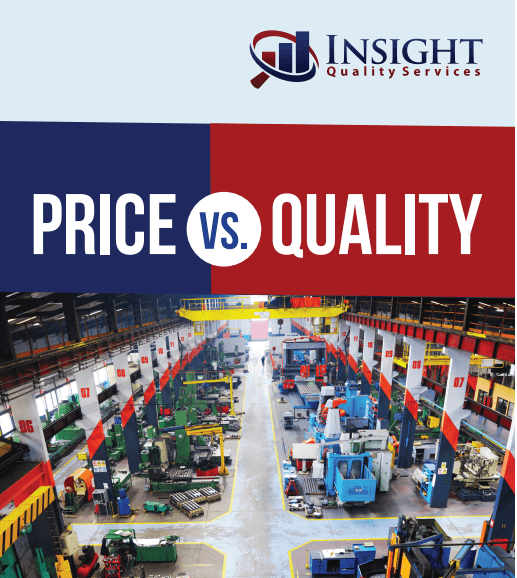Although the US had placed significant worldwide tariffs on aluminum and steel, there was no major direct effect on these importers. In addition, they assumed that there might soon be a truce and the whole thing would blow over. Fast forward four months and it becomes clear how incorrect that assumption was.
After two rounds of tariffs on Chinese imports (valued at around $200 billion dollars) and with China responding in kind, the trade war is in full effect.
In discussions with our customers, we’ve seen that many consumer-goods importers are considering changes to their supply chains. They are looking at alternative sourcing destinations to see if there are any suitable options.
Does it Make Sense to Look at Alternative Low-Cost Countries?
It is important to keep in mind that no one country can replace all the manufacturing that is done in China.
The country has strong infrastructure, a deep labor pool, and can maintain cost advantages despite the tariffs that are in place. This doesn’t mean, however, that there are no alternatives worth considering.
For this reason, it makes sense to do proper due diligence and to see if suitable opportunities exist in other countries.
It’s important to keep in mind, though, that moving production to any new supplier comes at a cost. Ramp-up time, costing, sampling, etc. all factor in. Shipping costs also vary between countries, and this has to be taken into account.
China’s Strong Manufacturing Economy Offers Advantages
One benefit of sourcing in China is that you can find a multitude of factories of every imaginable type. For importers working with multiple factories, this leads to efficiencies.
Some of the importers we work with make all of their products from basic materials, i.e. all-plastic products. For this type of importer, it is easier to move their production to another country. Aside from low-cost countries, it may even be possible to find opportunities in the US. Production of this type is highly automated in America and shipping costs are reduced.
Other importers make products across a number of different categories and using different materials. For these importers, the challenge of moving is greater. There may not be a single low-cost country that makes all of their products. Managing production across different countries adds complexity and requires a greater amount of bandwidth to manage.
China’s world-class infrastructure also makes shipping less expensive than it is in nearby Southeast Asian countries. These shipping costs need to be taken into account when considering new suppliers. Sourcing from locations in Latin America will incur lower shipping costs than China and this is one benefit to consider.
China’s expertise in producing so many different products and its productive workforce give it a big advantage, though. In other low-cost countries, the level of expertise for certain products may not be as high.
Dealing With an Uncertain Future
It’s important to keep in mind that we are living in an unpredictable time. In this trade war, things are constantly shifting and it’s difficult to predict exactly what will happen next.
When considering alternate sourcing locations, importers have to consider what would happen if the current tariffs are rescinded later on. This makes it important to avoid hasty decisions.
Also, importers need to keep their options open. It’s important to leave on good terms if they decide to move production away from their Chinese suppliers.
They also need to take every possible step to maintain the same level of quality when making the switch. This means doing proper auditing of suppliers and maintaining a healthy inspection program.
Summary
For many importers, the current trade war means increased costs manufacturing in China. So, importers are scrambling to look for opportunities in other low-cost countries.
China’s massive manufacturing economy gives it many advantages, even when taking the tariffs into account. So, moving is not always the best option. It does make sense, though, to do proper due diligence and make an informed decision.
When moving to a new supplier, maintaining the same level of quality requires performing all the proper audits and inspections to keep things running smoothly.
Recommended Reading – Price vs. Quality: What You Need to Know
Download our free white paper, Price vs. Quality, to learn how to produce great quality while keeping your costs low.





0 Comments